At XPONENTIAL 2025, FAA Acting Administrator Chris Rocheleau addressed the need for changes in counter-drone policy by outlining the distinctions between detection capabilities and mitigation efforts. If counter-drone policy shifts to expand detection access, how should local law enforcement agencies and security professionals tasked with the protection of infrastructure like airports and facilities like nuclear power plants explore the adoption of these solutions? These are the sorts of questions the team at DZYNE Technologies is working to solve for clients across the world.
Founded in 2012, DZYNE offers advanced counter-drone solutions designed to deliver intelligent defense against rapidly evolving asymmetric threats. Their Dronebuster® system is utilized in many different countries but recent news about the Dronebuster® 4-EU highlights how they’re being adopted in different markets. This new product is a variant of their established handheld counter-drone system that incorporates both fixed site and wearable drone detection and visualization options for European customers.

To get a better sense of how this solution as well as the technology as a whole is being utilized in Europe, the United States and beyond, we connected with Matthew McCue, President and CEO of DZYNE Technologies. Our conversation covered a wide range of topics, including how various organizations are utilizing the same counter-drone technology in different ways, the tangible benefits these solutions provide, the importance of domestic manufacturing, and much more.
Jeremiah Karpowicz: Before we talk about the specifics of the Dronebuster, could you give us some context around how your solutions are being utilized? I know the defense market is driving much of the need and demand, but the adoption and utilization of counter-drone solutions is very real in the civilian market, correct?
Matthew McCue: Yes, and it is important to call out that the early adopters of this technology in the United States has been the Department of Defense. Early on, they recognized how essential it was going to be to not only identify but also mitigate drone threats. The drone strikes that are happening in Ukraine and Russia have further opened a lot of eyes around what can happen with critical infrastructure security.
That's where you can see the wider connections, as the technology has transgressed into the commercial airport market. Various counter-drone systems are currently deployed at major international airports, and many have been in use for the last several years. We also saw what this connection looks like in the public safety sector when a drone collided with a firefighting aircraft during the Palisades Fire in Los Angeles. That aircraft was then out of service during a critical time.
These are just a few examples of how and where solutions like ours can and should be utilized beyond defense applications. Much of that has been driven by a recognition of the emerging threat that has been created because drone technology has become so inexpensive and is so proliferated. A small, relatively inexpensive drone can cause tremendous damage, and that threat isn’t something that can be ignored.
And that ties into how this topic is continually evolving, especially when it comes to separating counter-drone detection capabilities from mitigation. Given the ability of the Dronebuster 4-EU to counteract unauthorized drones, how are these capabilities being considered in locations across the world?
There is no one-size-fits-all solution that can effectively address every and any drone threat, which is the case whether you’re talking about smaller systems or full-on cruise missiles. The air defense systems that are protecting infrastructure across Ukraine represent a different set of advanced technology that’s distinct from a solution designed to stop a small DJI Phantom from flying onto an active runway at an airport. The technology and approach vary significantly depending on the mission.
What we emphasize is a layered defense strategy. Start with detection—identifying targets and determining intent—then move to mitigation where authorized. Depending on the environment, that could mean using a handheld jammer like the Dronebuster or a more advanced fixed-site system that incorporates signal intelligence or spoofing capabilities.
For instance, an airport might deploy fixed towers for wide-area detection, equip security personnel with wearables for close-range tracking, and have Dronebusters ready for immediate threat mitigation. It’s all about combining the right tools to match the mission profile.
It's a helpful distinction, because counter-drone solutions are often positioned as a single piece of technology or an individual solution, but it’s not ever really about one single product, is it?
For defense purposes, it can sometimes be a single solution, but it's different if you're going to protect an airport or something like a power plant or other piece of critical infrastructure. That’s also where our experience has paid off--we've successfully deployed counter-drone fixed-base solutions to safeguard critical infrastructure like airports and military bases.
Additionally, that’s where you can see a crossover with uses. Our Sawtooth, a modular CUAS platform, is a security solution designed for the modern battlefield that can also be used to protect critical infrastructure, borders, or high-risk zones. You can manage a massive airport complex with one of these devices, as it detects the threats and allows you to decide whether or how you mitigate.
Before we talk about the Dronebuster 4-EU, what are some of the different demands or different factors that you're seeing define counter-drone needs in Europe versus in the United States?
While the threats are universal, the regulatory environment varies. European countries have tighter frequency controls, which affect what kinds of drone communications are permitted. The Dronebuster 4-EU was designed to operate within the specific frequency bands authorized across the EU, ensuring both regulatory compliance and operational effectiveness.
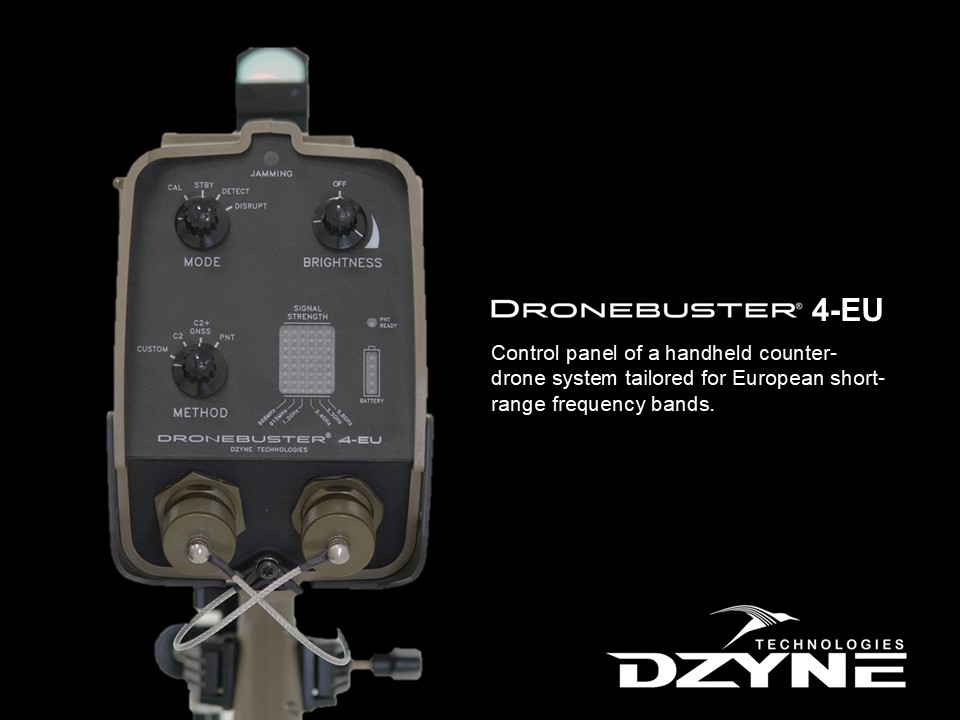
What makes the Dronebuster 4-EU distinct from other available options in the market?
One of the major just differentiators with our product is that Dronebuster technology has what's called PNT (Position, Navigation, and Timing) attack mode option. It neutralizes satellite-controlled drones, which I like to describe as a system that attacks a navigation system of the drones. It's unique to the Dronebuster and it's the only handheld on the market.
Other solutions typically rely on overpowering the control frequencies—what we call “brute force” jamming. That can work, but in a swarm scenario, PNT attack allows operators to neutralize multiple drones simultaneously and more effectively.
The portability of the Dronebuster makes it even more versatile. Fixed systems are ideal for critical infrastructure protection and security like large power plants and airports, where the systems will be mounted or on a pedestal - but in many cases, operators need to be mobile—like patrolling large perimeters or responding to threats dynamically. Dronebuster gives them that capability.
What's both significant and important about DZYNE’s Portland, Oregon, manufacturing site?
All of this technology has been designed, built and distributed out of the Pacific Northwest from our Portland office. That team has been laser-focus on this product mission set since its inception, and it’s more important than ever for these sensitive electronic warfare attack systems to be made in the United States.
To effectively protect the U.S. border, we require that our technology be manufactured domestically, not internationally. This is central to everything we do. Controlling our supply chain gives us crucial oversight of our products, and it’s a capability we've meticulously engineered and leveraged.
How do you see the needs of the advanced UAS and counter-UAS technology market further in evolving in 2025? Anything you're looking forward to seeing take shape with the technology or how it's being utilized this year?
We're closely monitoring the evolving landscape of communication technologies—like Starlink—that are changing the threat landscape. As communication protocols advance, our counter-drone technologies must continually improve to keep pace with the evolving threat.
Outside of that, exactly how organizations are thinking about their tracking capabilities is something we’re monitoring. Mitigation is a different level, but tracking and identification of threats is the essential first piece. If you know that there's a threat of a drone, you can know whether or not you need to move your helicopter, for example. Being able to track and identify that there is an airborne drone that you can't see around a critical operation can literally save lives.
Currently, U.S. police and fire departments can't jam drone signals. However, our Detect, Track, Identify, and Mitigate (DTIM) wearable solutions will eventually provide them with a straightforward way to implement necessary deconfliction measures. Once policy catches up, these departments will be able to quickly deploy a solution that perfectly fits the public sector's needs. So we’re excited to see and enable this adoption wherever possible.


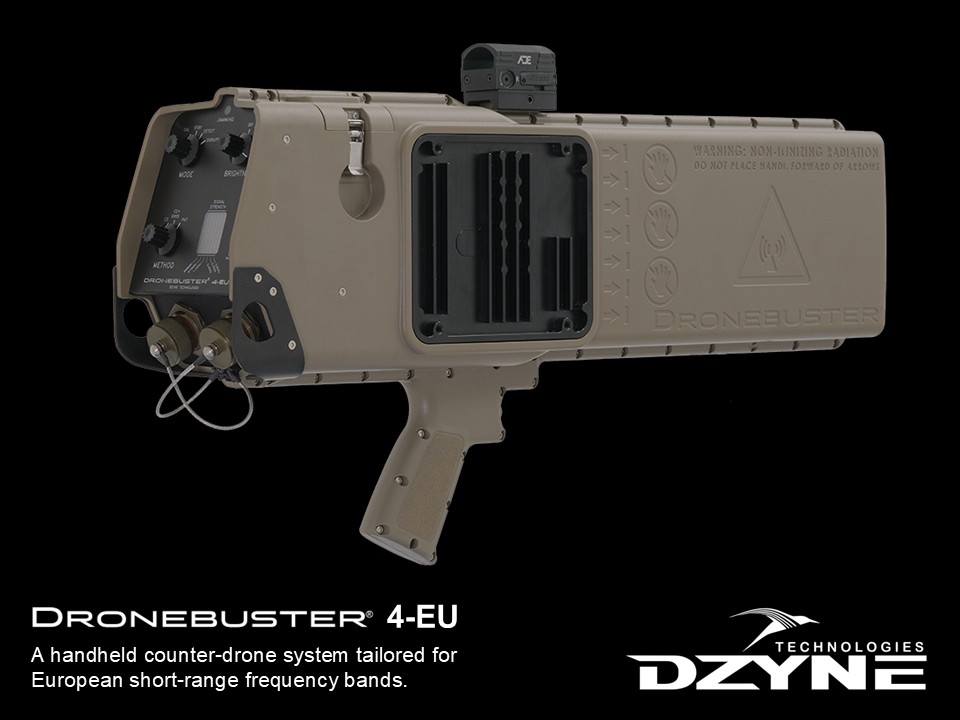


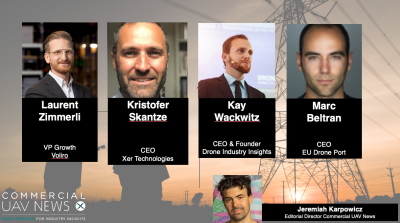

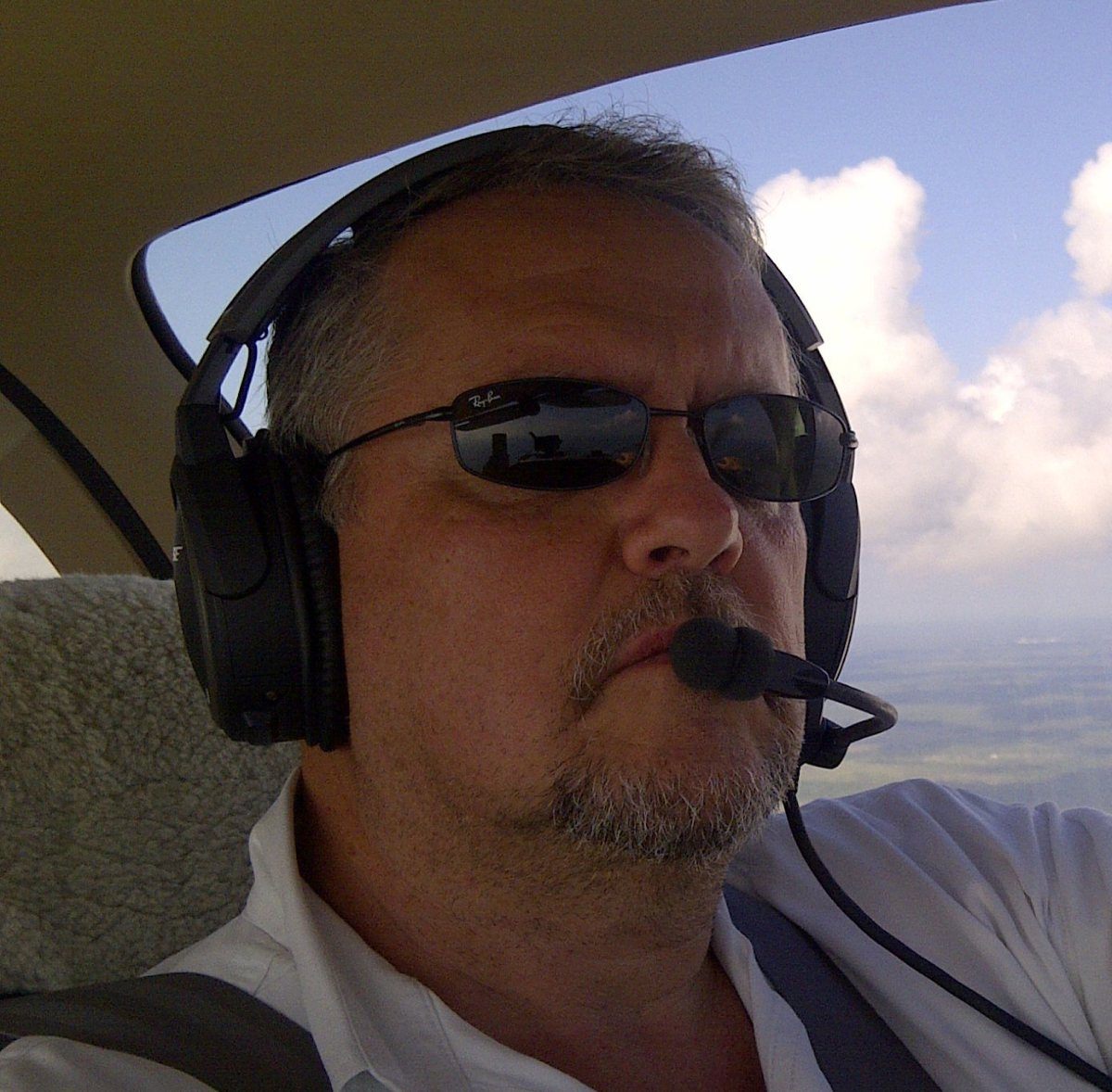






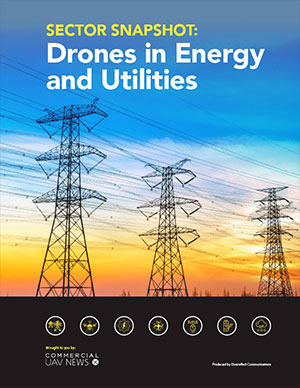

Comments